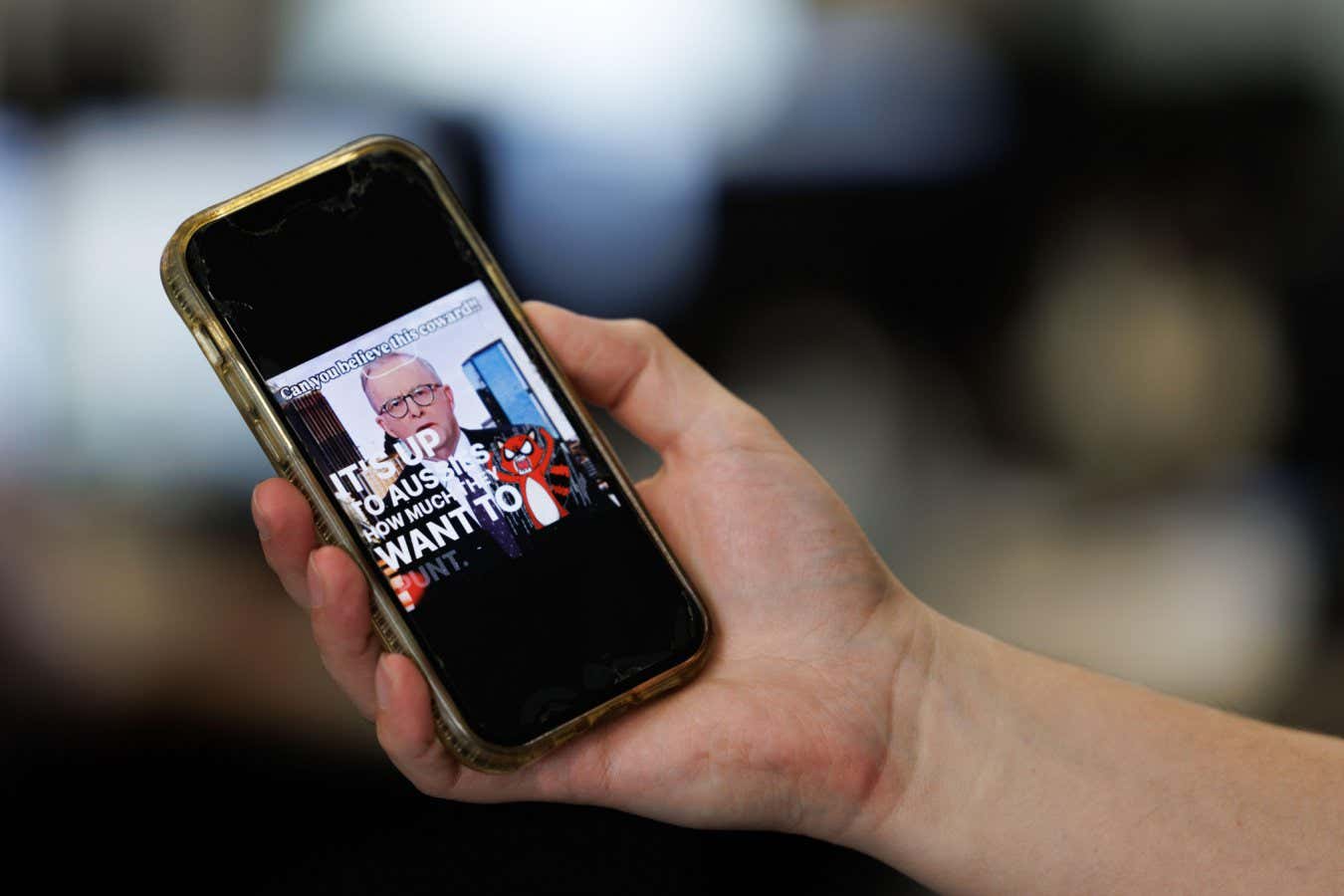A new detection tool can accurately spot deepfake videos featuring any AI manipulation, from face swaps to completely synthetic AI-generated content
By Jeremy Hsu
4 August 2025
A deepfake video of Australian prime minister Anthony Albanese on a smartphone
Australian Associated Press/Alamy
A universal deepfake detector has achieved the best accuracy yet in spotting multiple types of videos manipulated or completely generated by artificial intelligence. The technology may help flag non-consensual AI-generated pornography, deepfake scams or election misinformation videos.
Read more
AI tweaks to photos and videos can alter our memories
The widespread availability of cheap AI-powered deepfake creation tools has fuelled the out-of-control online spread of synthetic videos. Many depict women – including celebrities and even schoolgirls – in nonconsensual pornography. And deepfakes have also been used to influence political elections, as well as to enhance financial scams targeting both ordinary consumers and company executives.
But most AI models trained to detect synthetic video focus on faces – which means they are most effective at spotting one specific type of deepfake, where a real person’s face is swapped into an existing video. “We need one model that will be able to detect face-manipulated videos as well as background-manipulated or fully AI-generated videos,” says Rohit Kundu at the University of California, Riverside. “Our model addresses exactly that concern – we assume that the entire video may be generated synthetically.”
Kundu and his colleagues trained their AI-powered universal detector to monitor multiple background elements of videos, as well as people’s faces. It can spot subtle signs of spatial and temporal inconsistencies in deepfakes. As a result, it can detect inconsistent lighting conditions on people who were artificially inserted into face-swap videos, discrepancies in the background details of completely AI-generated videos and even signs of AI manipulation in synthetic videos that don’t contain any human faces. The detector also flags realistic-looking scenes from video games, such as Grand Theft Auto V, that are not necessarily generated by AI.
“Most existing methods handle AI-generated face videos – such as face-swaps, lip-syncing videos or face reenactments that animate a face from a single image,” says Siwei Lyu at the University at Buffalo in New York. “This method has a broader applicability range.”
